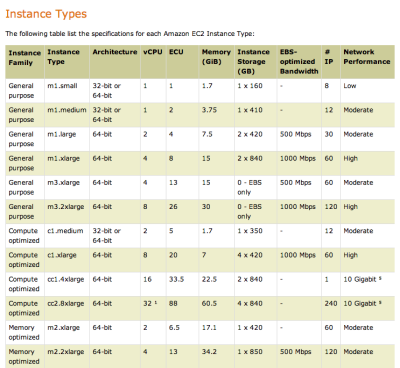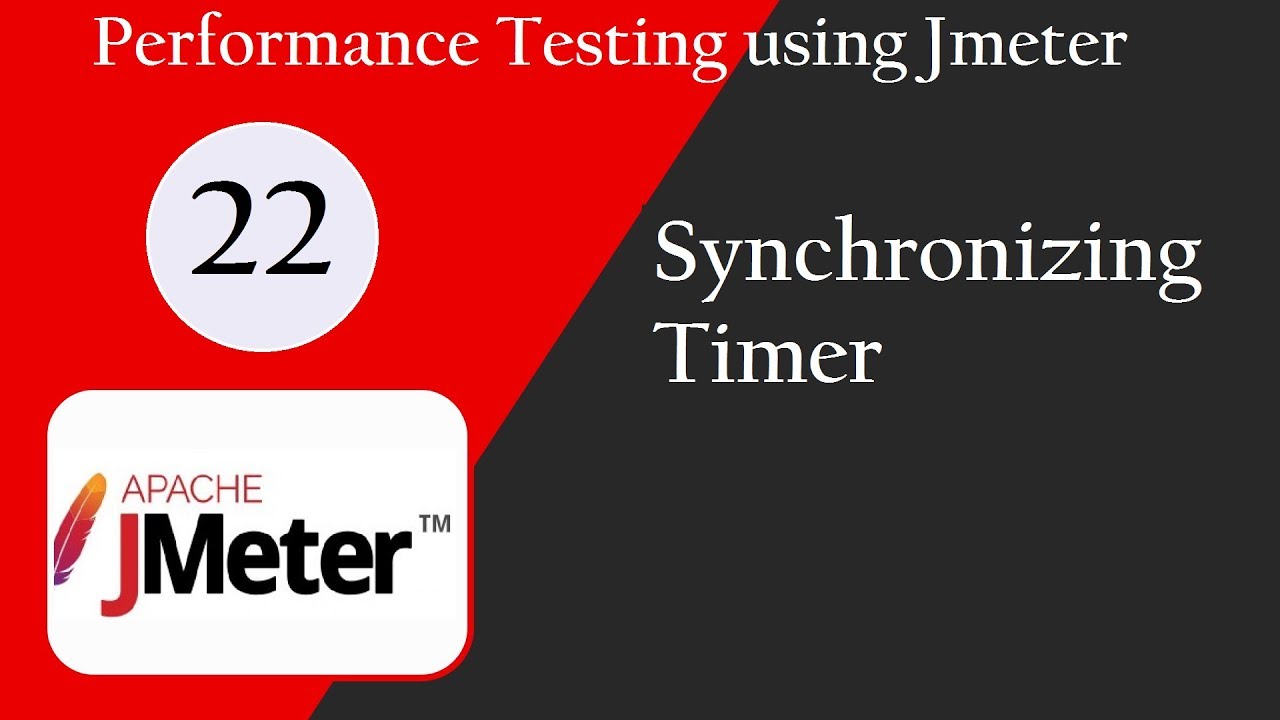File Upload with JMeter
This article demonstrates how to do a file upload with JMeter. This will show the steps when you have a load testing scenario where file upload is required. Recording File Upload with JMeter The simplest way of creating a JMeter test plan is recording the corresponding request using the HTTP(s) Test Script Recorder. JMeter acts as a proxy server, capturing all traffic between a web browser and the application under test (AUT), and converting it intoRead More →







